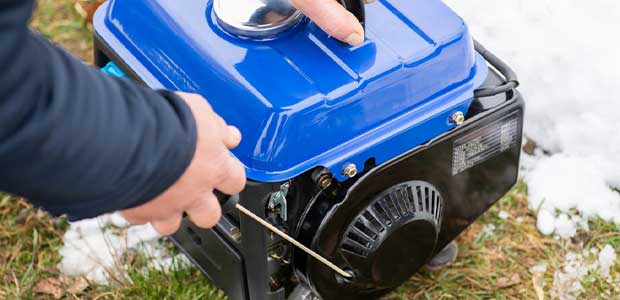
Dos and Don'ts to Avoid Carbon Monoxide Poisoning While Using a Portable Generator
How can employers protect employees from the dangers of carbon monoxide?
- By Alex Saurman
- Feb 09, 2023
Portable generators are helpful in numerous environments, including rural worksites, construction projects and during winter months, when companies may experience power outages. But when workers find themselves needing to use a portable generator, there are precautions they and their employers should take to avoid illness or injury, especially when it comes to carbon monoxide.
From 2011 to 2021, 770 people died from carbon monoxide incidents involving generators, averaging out to about 77 per year, the U.S. Consumer Product Safety Commission reported.
So what steps can be taken to keep employees safe?
Do consider ventilation. Give the portable generator about three to four feet of clear space on all sides.
Do use monitors. Personal carbon monoxide monitors can be helpful for each employee. Employers can also install carbon monoxide alarms throughout buildings.
Don’t operate a generator inside. Keep portable generators outside. They should also be a minimum of 20 feet away from any entry point leading to an inside space (like a window).
Don’t skimp on education. Employees should know the hazards associated with portable generator use, the symptoms of carbon monoxide poisoning and what to do if they are exposed, OSHA said. Symptoms of potential poisoning include a headache, dizziness, nausea, confusion, chest pain and passing out, per the CDC.
Employees using portable generators may also be exposed to additional hazards. To learn more about protecting employees from these hazards, like fire, electrocution or noise, read OSHA’s fact sheet.
About the Author
Alex Saurman is a former Content Editor for Occupational Health & Safety,who has since joined OH&S’s client services team. She continues to work closely with OH&S’s editorial team and contributes to the magazine.